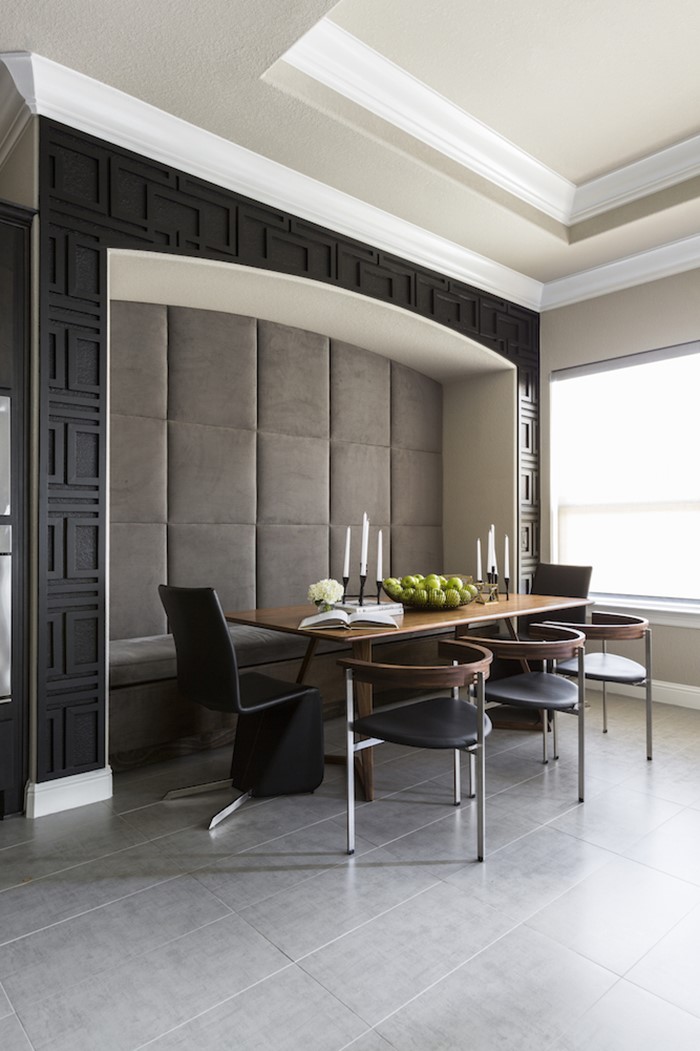

Cao, Yazdanbakhsh, and Mingolla (2011) judged which of a pair of stimuli showed a more salient brightness filling-in for an achromatic version of the WCE. More recently, paired comparisons have been used to quantify the phenomenon.

Most studies have assessed the strength of the effect with matching or hue cancellation techniques (Devinck, Delahunt, Hardy, Spillmann, & Werner, 2005 von der Heydt & Pierson, 2006). The strength of the WCE is influenced by several factors, including the relative luminances of the contours (Devinck, Delahunt, Hardy, Spillmann, & Werner, 2006 Devinck & Knoblauch, 2012), the width of the inducing contours (Pinna et al., 2001 Devinck, Gerardin, Dojat, & Knoblauch, 2014), and the continuity and contiguity of the contour pairs (Devinck & Spillmann, 2009). On average, the strength of the effect was similar along a given dimension regardless of the other dimension with which it was paired, demonstrating consistency of the underlying estimated perceptual scales. The strength of the phenomenon was nearly independent of the amplitude of modulation of the contour but increased with its frequency up to an asymptotic level. As shown previously using difference scaling (Devinck & Knoblauch, 2012), the strength increases with luminance of the interior contour. An additive model accounted for the joint contributions of any pair of dimensions. Perceptual scales were estimated by a maximum likelihood method (Ho, Landy, & Maloney, 2008). Control stimuli were identical except that the contours were intertwined and generated little filling-in. In each trial, observers judged which of the stimuli evoked the strongest fill-in color. Contour pairs, each enclosing a circular region, were presented with two of the dimensions varying independently across trials (luminance/frequency, luminance/amplitude, frequency/amplitude) in a conjoint measurement paradigm (Luce & Tukey, 1964). Here, we measured joint influences of the contour frequency and amplitude and the luminance of the interior contour on the strength of the effect. Abstract The watercolor effect is a long-range, assimilative, filling-in phenomenon induced by a pair of distant, wavy contours of different chromaticities.


 0 kommentar(er)
0 kommentar(er)
